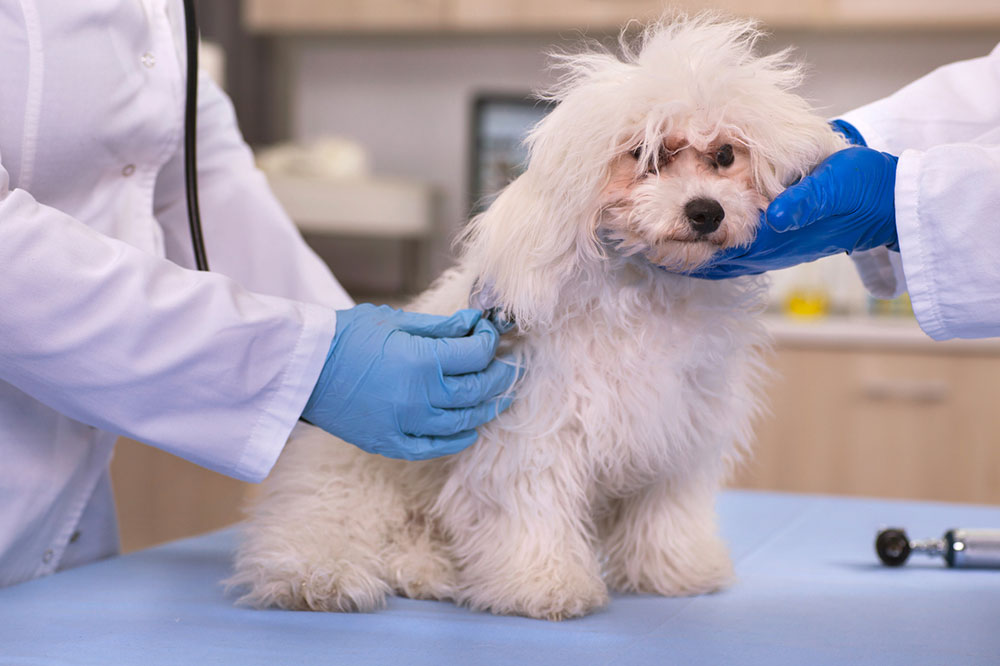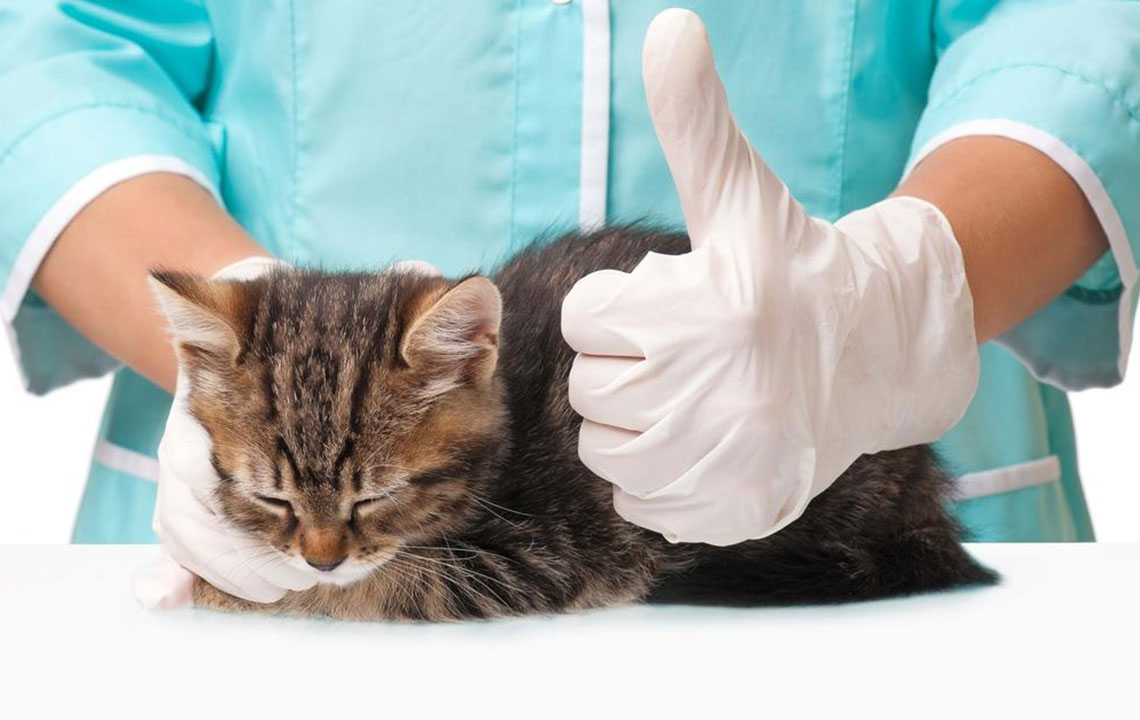Comprehensive Guide to Choosing the Best Pet Insurance for Your Furry Friend
Selecting the perfect pet insurance policy can be complex, but with a clear understanding of coverage options, reimbursements, deductibles, and thorough provider comparison, pet owners can make informed decisions. This comprehensive guide offers key strategies to help you choose the best plan tailored to your pet’s needs, ensuring quality healthcare and financial protection. Learn how to assess coverage levels, evaluate provider options, and optimize your pet's insurance coverage for peace of mind.

Comprehensive Guide to Choosing the Best Pet Insurance for Your Furry Friend
Owning a pet brings immense joy and companionship, but it also comes with responsibilities, particularly when it comes to their health and well-being. Pets, much like humans, are susceptible to a wide range of health issues, injuries, and unforeseen illnesses that can lead to significant veterinary expenses. To safeguard your pet's health and your finances, investing in a reliable pet insurance policy is an excellent strategy. However, the myriad of options available can make the selection process overwhelming. This comprehensive guide aims to assist pet owners in understanding key considerations and strategies to choose the ideal pet insurance plan that fits their pet’s specific needs, ensuring peace of mind and quality care for their beloved animals.
Assessing Your Pet’s Coverage Needs
One of the first steps in selecting a pet insurance policy is to evaluate what level of coverage you require. You should start by considering your pet’s age, health history, breed-specific health risks, and your budget. Do you want a policy that mainly covers routine health maintenance such as vaccinations, flea and tick prevention, annual wellness exams, and routine tests? Or are you seeking coverage that protects against major health issues like chronic diseases, surgeries, or cancer treatments? This decision will influence the type of policy you choose and the coverage limits you set. For instance, younger pets might not need extensive coverage for chronic illnesses, whereas older pets or breeds prone to certain health problems may require more comprehensive plans. Consulting with your veterinarian can provide valuable insights into potential health risks based on your pet’s breed and medical history, helping you to tailor your coverage to anticipate future needs.
In addition, consider coverage for emergency situations, including accidents resulting in fractures, lacerations, or poisoning. Ensuring that your policy includes emergency treatment coverage can be crucial, especially for active or outdoor pets prone to injuries. Decide whether you want an all-encompassing policy or a more targeted plan focusing on specific health issues. Establishing your priorities early will help you find a plan that aligns with your financial capacity and your pet’s healthcare requirements.
Understanding Reimbursements and Deductibles
Another critical aspect to consider is how the pet insurance policy handles reimbursements and deductibles. Typically, pet insurance plans reimburse a percentage of the veterinary bills—commonly between 70% and 90%. It’s vital to recognize that reimbursement rates vary among insurance providers and plans. Some plans might offer higher reimbursement percentages but come with higher premiums, while others may have lower rates but more affordable monthly costs. Understanding these differences will help you estimate your potential out-of-pocket expenses and choose a plan that offers the best balance for your financial situation.
Deductibles are the amount you pay out of pocket before the insurance coverage kicks in. They can be annual or per-incident deductibles. Generally, selecting a higher deductible reduces your monthly premiums, which might be beneficial if your pet is healthy and you want to save on regular payments. Conversely, a lower deductible means higher premiums but less cost when your pet requires medical attention. Consider your typical veterinary expenses, your financial flexibility, and your willingness to handle larger bills in emergencies when choosing deductible levels.
Comparing Multiple Insurance Providers
Before finalizing your decision, it’s essential to compare several pet insurance providers. Each insurer offers different plans with varying coverage options, exclusions, and perks. Take the time to review multiple quotes, pay attention to the coverage limits, exclusions, co-payments, annual maximums, and additional benefits such as multi-pet discounts or wellness plans. Reading customer reviews and accreditation from independent agencies can also provide insights into the insurer’s reliability and customer service quality. A thorough comparison allows you to identify not just the most affordable plan but the one that provides the best value for comprehensive coverage tailored to your pet’s specific health needs.
It’s also worth scrutinizing the claims process—how easy it is to submit claims, the speed of reimbursements, and the transparency of the policy terms. Some providers may also offer telemedicine services, additional behavioral or health discounts, and optional add-ons that could enhance your coverage. Taking these factors into account will help you make an informed decision and select an insurance plan that offers optimal protection for your pet at a reasonable cost.
By carefully assessing your pet’s needs, understanding reimbursement and deductible structures, and comparing multiple providers, you can choose a pet insurance policy that offers comprehensive coverage, financial security, and peace of mind. Remember, a good pet insurance plan doesn’t just protect your pet’s health but also safeguards your financial stability against unexpected veterinary costs, allowing you to focus on providing the best possible care for your furry companion.





